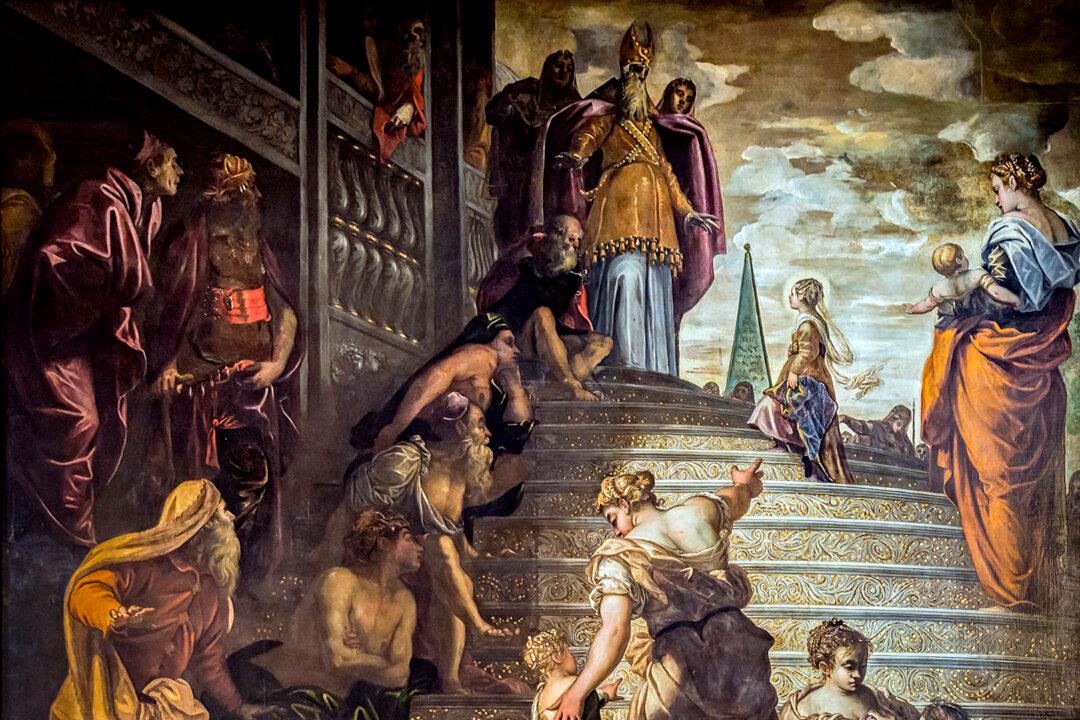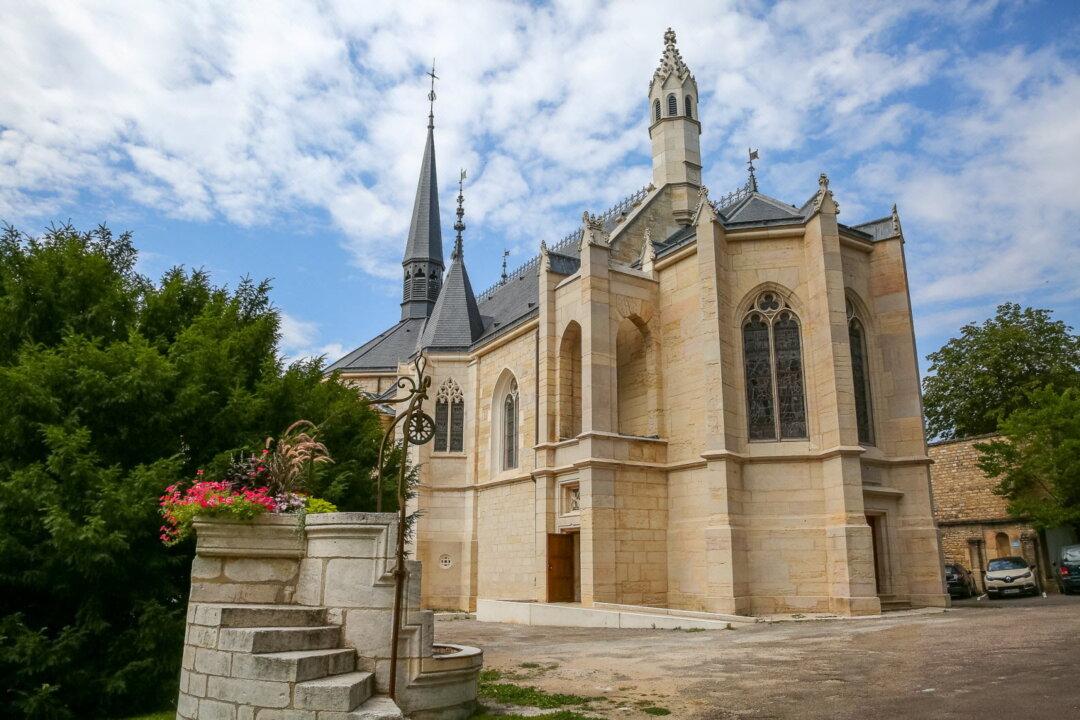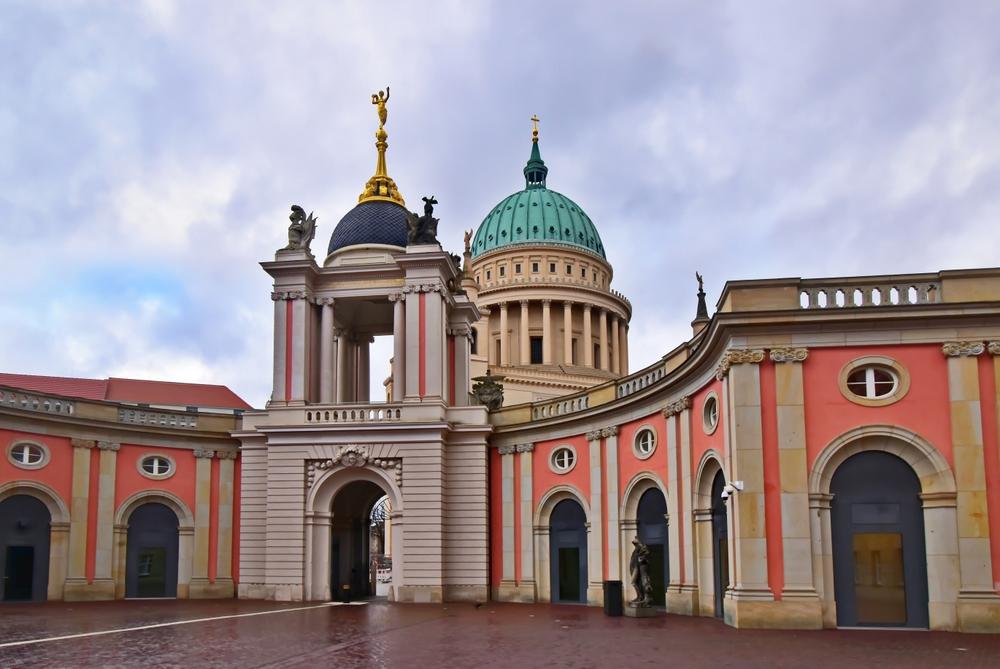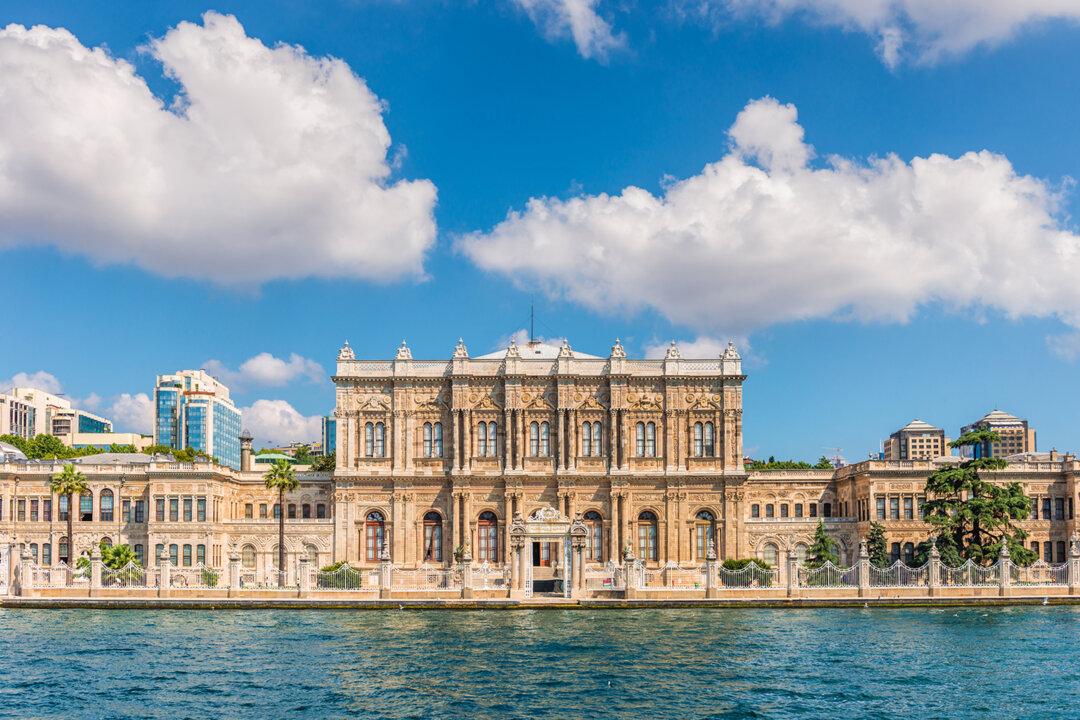While historian Giorgio Vasari’s brief account of Renaissance painter Tintoretto (1518–1594) was largely a lament for what he considered a misuse of genius, he had nothing but high praise for the artist’s “Presentation of the Virgin.” Vasari (1511–1574) described the painting as “a highly-finished work” and “the best-executed and most gladsome picture” in Venice’s Madonna dell'Orto church.
Painted between 1552 and 1556, the “Presentation of the Virgin” dates around 15 years into Tintoretto’s career. By Renaissance standards, Tintoretto started working rather late in life. It was precisely in his mid-30s that the self-trained artist overcame the uneven quality of his early work to consistently create masterpieces—and he knew it. Never modest about his abilities, Tintoretto intended to demonstrate them in the boldest way possible.





